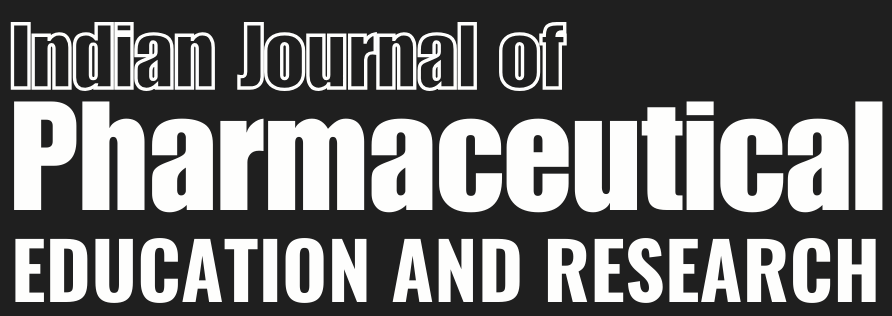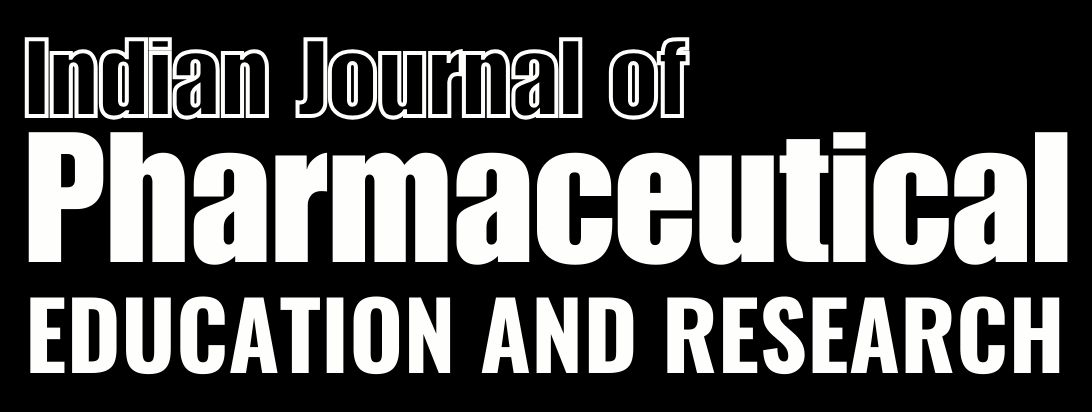ABSTRACT
Background
Considering the growing preference for herbal medications over their synthetic counterparts it is the need to combat the global end stage renal disease in Diabetic Nephropathy problem. In AYUSH medicine, the Jasminum auriculatum vahl tree is the one that is used. The Oleaceae family includes some of the most notable medicinal plants, including Jasminum auriculatum vahl, sometimes known as Juhi.
Aim and Objectives
This study was designed to investigate the effect of Jasminum auriculatum vahl Leaves Extract (JALE) in retarding the progression of diabetic nephropathy in Streptozotocin (STZ)-induced diabetic rat’s model.
Materials and Methods
In this study, diabetes was induced by a single injection of streptozotocin 60 mg/kg. STZ diabetic rats were treated with oral doses of JALE (300 and 500 mg/kg) for 8 weeks. At the end of the experimental period, body and kidney weight and blood glucose levels, Serum, lipids, histopathological parameters were investigated.
Results
At the end of the experimental period check the BGL, BW and BUN, CRE level of the rats in the diabetic control is increase and reduced total protein as versus negative control group (###p<0.001). In the activities anti-diabetic nephropathy to treat diabetic JALE at a various dosage and of metformin 100 mg/kg as a standard drug were used for 8 weeks exhibited reduced BUN, CRE, TG and increase total protein level was heavily in the JALE 500 mg/kg versus with diabetic group **p<0.001; *p<0.05 and same effect is observed in standard drug and slightly effect on low dose of JALE ***p<0.001. The results of the histopathology investigation showed that, compared to a diabetic rat kidney, the treated STZ diabetic rats with JALE reduced GBS, glomerular congestion and vacuolar degeneration of tubules.
Conclusion
J. auriculatum vahl is considered as an effective management of DN conditions as it lowers the blood glucose and heals the structure of nephrons. According to the study, JALE therapy might significantly enhance renal function in T2DM rats through affecting the parameters of renal function.


